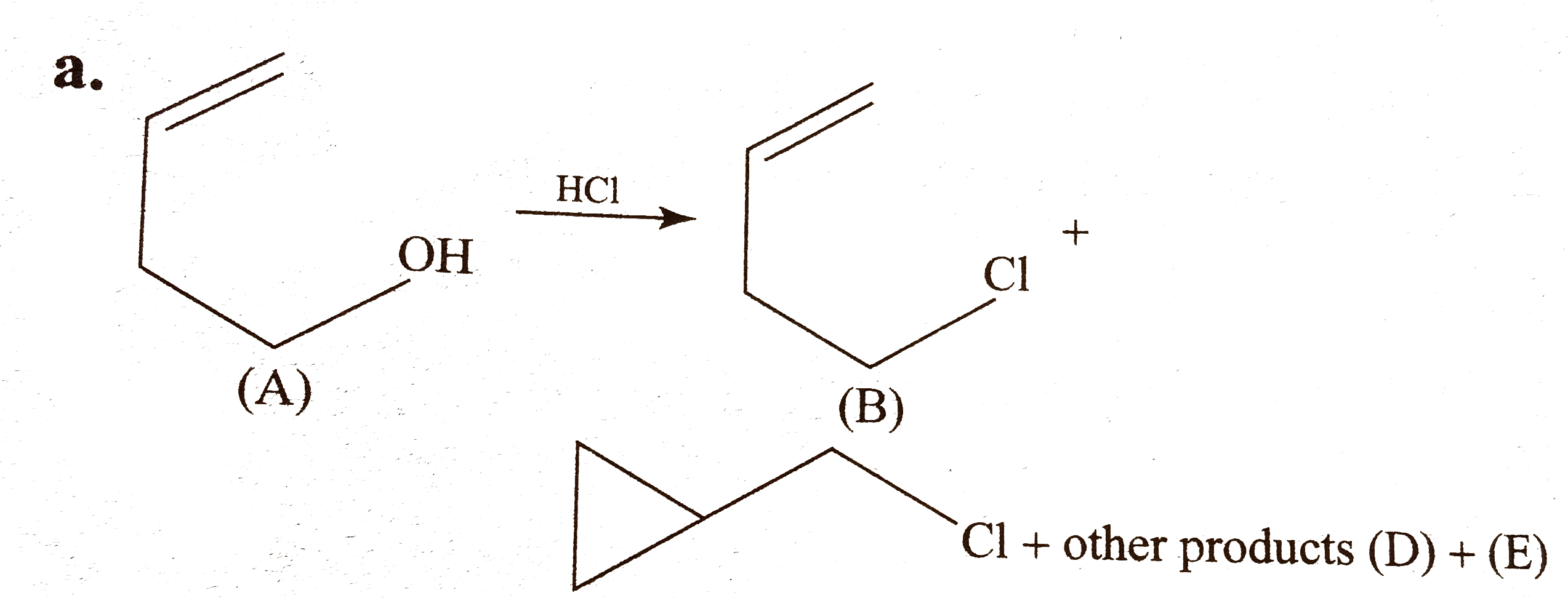Explain the formation of a cation. Give its main characteristics.
Step-by-Step Solution:
1. Definition of Cation:
A cation is a positively charged ion that is formed when an atom loses one or more electrons.
2. Formation of a Cation:
Let's consider an element A. When this element loses an electron, it has fewer electrons than protons. For example, if element A has 11 protons and 11 electrons (which makes it neutral), losing one electron will result in 11 protons and 10 electrons. This imbalance creates a positive charge. The charge of the cation can be represented as +1.
3. Charge Explanation:
The charge of a cation is determined by the difference between the number of protons and electrons. Since protons carry a positive charge and electrons carry a negative charge, losing an electron (which is negatively charged) results in a net positive charge.
4. Size Comparison:
When we compare the size of the neutral atom (A) and the cation (A+), we find that the cation is smaller. This is because the loss of an electron reduces electron-electron repulsion and allows the remaining electrons to be pulled closer to the nucleus due to the increased effective nuclear charge (more protons than electrons).
5. Characteristics of Cations:
- Positive Charge: Cations have a positive charge due to the loss of electrons.
- Smaller Size: Cations are smaller in size compared to their neutral atoms because of the increased attraction between the remaining electrons and the nucleus.
- More Protons than Electrons: In a cation, the number of protons exceeds the number of electrons, leading to a positive charge.
A cation is a positively charged ion that is formed when an atom loses one or more electrons.
Let's consider an element A. When this element loses an electron, it has fewer electrons than protons. For example, if element A has 11 protons and 11 electrons (which makes it neutral), losing one electron will result in 11 protons and 10 electrons. This imbalance creates a positive charge. The charge of the cation can be represented as +1.
The charge of a cation is determined by the difference between the number of protons and electrons. Since protons carry a positive charge and electrons carry a negative charge, losing an electron (which is negatively charged) results in a net positive charge.
When we compare the size of the neutral atom (A) and the cation (A+), we find that the cation is smaller. This is because the loss of an electron reduces electron-electron repulsion and allows the remaining electrons to be pulled closer to the nucleus due to the increased effective nuclear charge (more protons than electrons).
- Positive Charge: Cations have a positive charge due to the loss of electrons.
- Smaller Size: Cations are smaller in size compared to their neutral atoms because of the increased attraction between the remaining electrons and the nucleus.
- More Protons than Electrons: In a cation, the number of protons exceeds the number of electrons, leading to a positive charge.
Topper's Solved these Questions
- BOOK - MTG IIT JEE FOUNDATIONCHAPTER - STRUCTURE OF THE ATOMEXERCISE - EXERCISE (INTEGER / NUMERICAL VALUE TYPE)5videos
STRUCTURE OF THE ATOM
- BOOK - MTG IIT JEE FOUNDATIONCHAPTER - STRUCTURE OF THE ATOMEXERCISE - OLYMPIAD / HOTS CORNER15videos
STRUCTURE OF THE ATOM
- BOOK - MTG IIT JEE FOUNDATIONCHAPTER - STRUCTURE OF THE ATOMEXERCISE - EXERCISE (SUBJECTIVE PROBLEMS -SHORT ANSWER TYPE )15videos
STRUCTURE OF THE ATOM
- BOOK - MTG IIT JEE FOUNDATIONCHAPTER - PERIODIC CLASSIFICATION OF ELEMENTS EXERCISE - EXERCISE (INTEGER/NUMERICAL VALUE)4videos
PERIODIC CLASSIFICATION OF ELEMENTS
Similar Questions
Knowledge Check
- Question 1 - Select One
Formation of transition state is a characteristic of
Aelectrophilic substitution reactionBSN1 reactionCSN2 reactionDfree radical substitution - Question 2 - Select One
Formation of cation occurs by -
Again of electronBloss of electronCgain of proton (d)Dloss of proton - Question 3 - Select One
Dikaryon formation is characteristic of
AAscomycetes and basidiomycetesBPhycomycetes and basidiomycetesCAscomycetes and phycomycetesDPhycomycetes and zygomycetes
Define population. Enlist main characteristics of population.
View SolutionWhat is meant by mean deviation? What are its main characteristics?
View SolutionWhat is a pure substance ? Give its one characteristic.
View SolutionWhat is the main characteristic of gills ?
View SolutionExplain the formation of the products giving the structures of the intermediates.
a.
b. View Solution
View Solution

